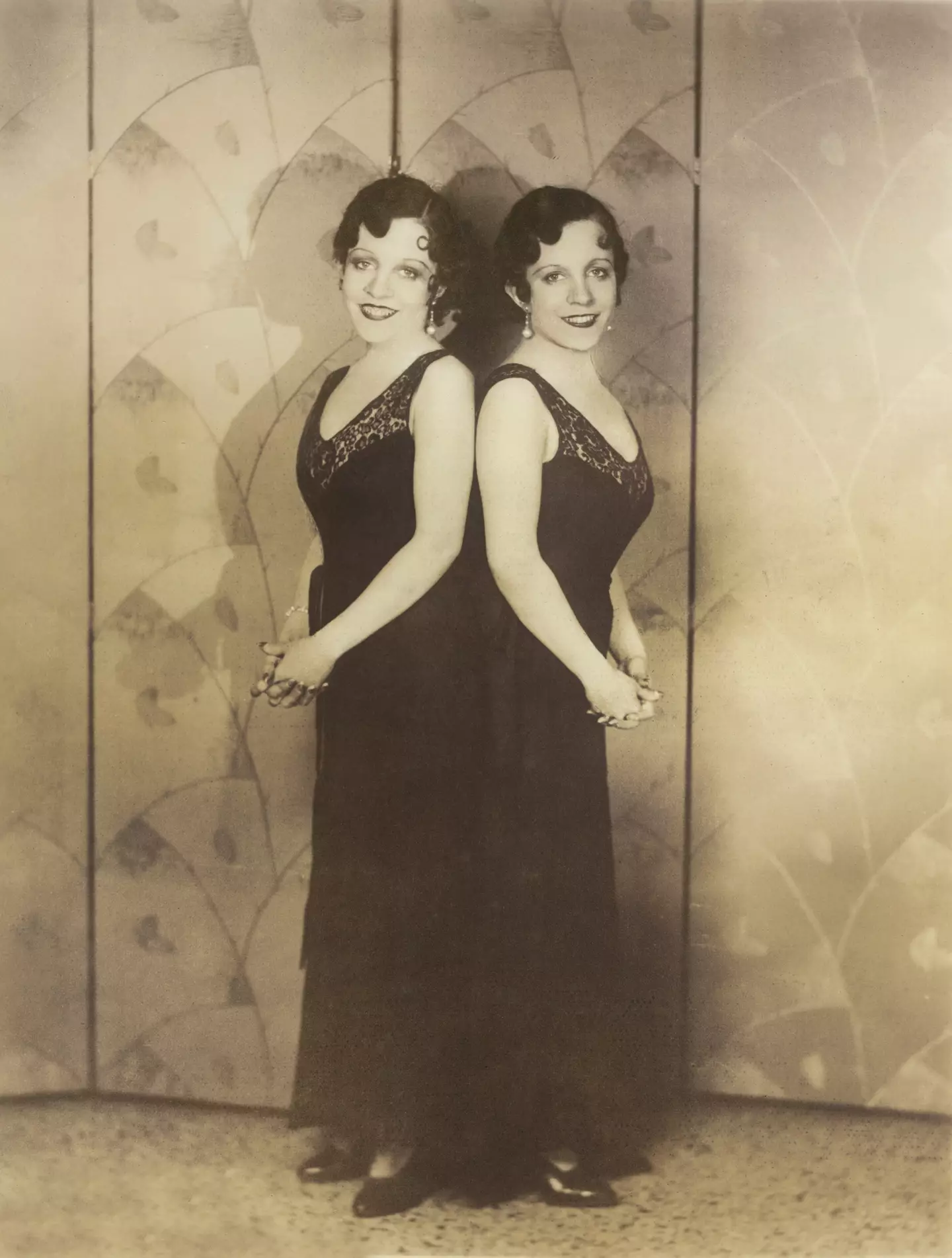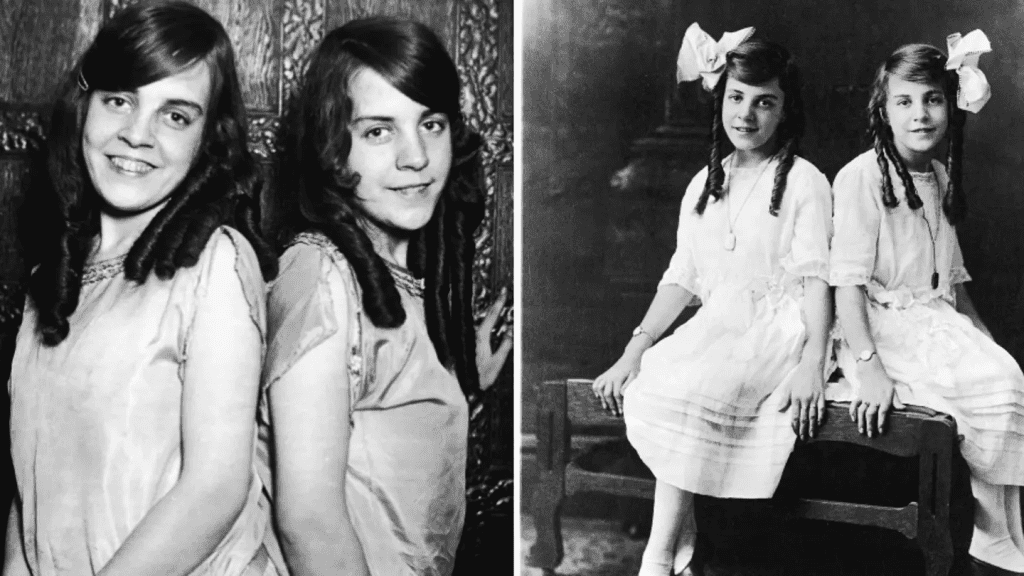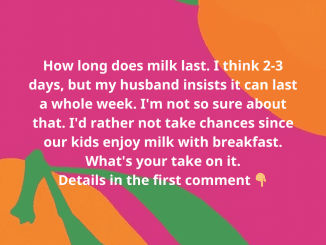Conjoined twins have long captured public curiosity, not only because of their unique physical connection but also due to the unusual lives many of them are forced to lead. Daisy and Violet Hilton, two British-born sisters, became prominent figures in the entertainment world during the early 20th century, building a career despite the exploitative conditions they endured. Their story, however, ended in tragedy, shedding light on the dark realities that many conjoined twins have faced.

The sisters defied the odds (Universal History Archive/Universal Images Group via Getty Images)
Who Were Daisy and Violet Hilton?
Daisy and Violet Hilton were born in 1908 in Brighton, England. Connected at the hip, the Hilton sisters faced unimaginable challenges right from birth. Their mother, unable or unwilling to raise them, sold them to a woman named Mary Hilton, who took them in but saw them more as an attraction than as daughters. Daisy and Violet were destined to become famous, but not by choice. Mary Hilton raised them as performers, introducing them to the world of entertainment from an incredibly young age.
As conjoined twins, Daisy and Violet faced a society that viewed them more as oddities than as human beings. Yet, they managed to rise above this and create a name for themselves as musicians, dancers, and eventually film stars. However, their lives were far from glamorous, filled with exploitation, hardship, and, ultimately, a tragic fate.
The Start of a Difficult Journey
Mary Hilton took control of the Hilton twins’ lives with one goal: to profit from their condition. Under her guardianship, Daisy and Violet were paraded around like circus attractions. By the time they were toddlers, they were already performing for audiences, their unique condition exploited to attract attention and money. Mary took full advantage of the twins, forcing them to perform for crowds and selling pictures of them to make extra income. The twins were never allowed the normal experiences of childhood but were instead groomed to become entertainers under circumstances that left them powerless.
When Mary Hilton died, control of the twins was transferred to her daughter, Edith. Like her mother, Edith viewed Daisy and Violet as a source of income rather than individuals deserving of a life beyond the stage. Edith continued to exploit the twins, teaching them to sing, dance, and play musical instruments to maximize their appeal. Despite the growing popularity and the money they generated, Daisy and Violet saw none of the earnings. Every cent went to Edith, who continued to treat them as her property.
The Hilton Sisters Break Free
As Daisy and Violet grew older, they became increasingly aware of their exploitation and longed for independence. Finally, they managed to gain legal autonomy, freeing themselves from the chains of their ‘contract’ with Edith. This moment marked a turning point in their lives, offering them a brief taste of freedom.

Daisy and Violet both died in 1969 (Universal History Archive/Universal Images Group via Getty Images)
With newfound control over their lives, the Hilton sisters set out to make a name for themselves independently. They became even more involved in the entertainment industry, and in 1952, they starred in the film Chained for Life. The film, directed by Harry L. Fraser, drew inspiration from their real lives and showcased their unique talents while exploring the struggles they endured as conjoined twins. For a while, Daisy and Violet seemed to be living a life of independence and success, finally able to enjoy the fruits of their labor. However, their journey was far from over, and their path would take a dark turn.
The Decline of Fame and the Fight for Survival
Despite their success in Chained for Life, Daisy and Violet’s careers did not continue to thrive. By 1961, their manager abandoned them, leaving them without financial resources or career opportunities. The sisters made their final public appearance at a drive-in theater in Charlotte, North Carolina. With no money and nowhere else to turn, they found work in a local grocery store to make ends meet. Their fame had faded, and they were no longer the sought-after performers they once were.
Living in a small, shared apartment, the Hilton sisters struggled with the realities of their new life. The world had moved on, and the curiosity that once made them famous had waned. No longer a spectacle, they were left to face a quieter, more mundane existence, far removed from the stages and spotlights they had known. Yet even in their obscurity, Daisy and Violet remained inseparable — not only by circumstance but also by the deep bond they shared as sisters.
A Heartbreaking End
In 1969, tragedy struck when Daisy and Violet contracted the flu. With limited medical care available to them, Daisy’s condition rapidly worsened. She passed away shortly after falling ill, leaving Violet attached to her deceased sister. Tragically, due to their physical connection, Violet had no choice but to remain with Daisy’s body for several days before she too succumbed to the illness.

Their death highlighted the harsh reality faced by conjoined twins, especially in a time before advanced medical interventions. Today, separation surgeries are an option for many conjoined twins, especially if one sibling’s life is at risk. In the early 20th century, however, such procedures were still experimental, and the risk of attempting to separate them likely outweighed the benefits. For Daisy and Violet, this meant that they were bound to each other in life and death, with no possibility of reprieve.
Remembering Daisy and Violet Hilton: A Legacy of Resilience
Though their lives were marked by exploitation and hardship, Daisy and Violet Hilton left a lasting impact on the world. Their story has inspired various musicals and plays, commemorating their resilience and the challenges they overcame. In Brighton, a blue plaque was erected on the house where they were born, honoring their legacy. The plaque reads, “The Hilton Twins. Violet and Daisy Skinner. 1908-1969. Stars of stage and screen. Born here.” This small but powerful tribute reminds us of the trials they endured and the strength they demonstrated throughout their lives.
Their legacy serves as a testament to the spirit of conjoined twins who have faced adversity, as well as to the broader struggles of those who have been marginalized because of physical differences. In their time, Daisy and Violet’s condition made them subjects of fascination and, at times, pity. Today, we recognize their story as one of courage, resilience, and a fight for autonomy.
Conclusion: The Remarkable yet Tragic Journey of Daisy and Violet Hilton
The lives of Daisy and Violet Hilton reveal the harsh realities faced by conjoined twins in a world that often viewed them as curiosities rather than human beings. From exploitation to a tragic demise, their journey was filled with struggle. Yet, even in the face of adversity, the Hilton sisters found ways to triumph, carving out a career in entertainment and eventually gaining control over their lives. Though their story ended in heartbreak, their legacy continues to inspire and remind us of the resilience of the human spirit. Their story, preserved through films, musicals, and memorials, endures as a testament to the strength they showed in the face of unimaginable challenges.


